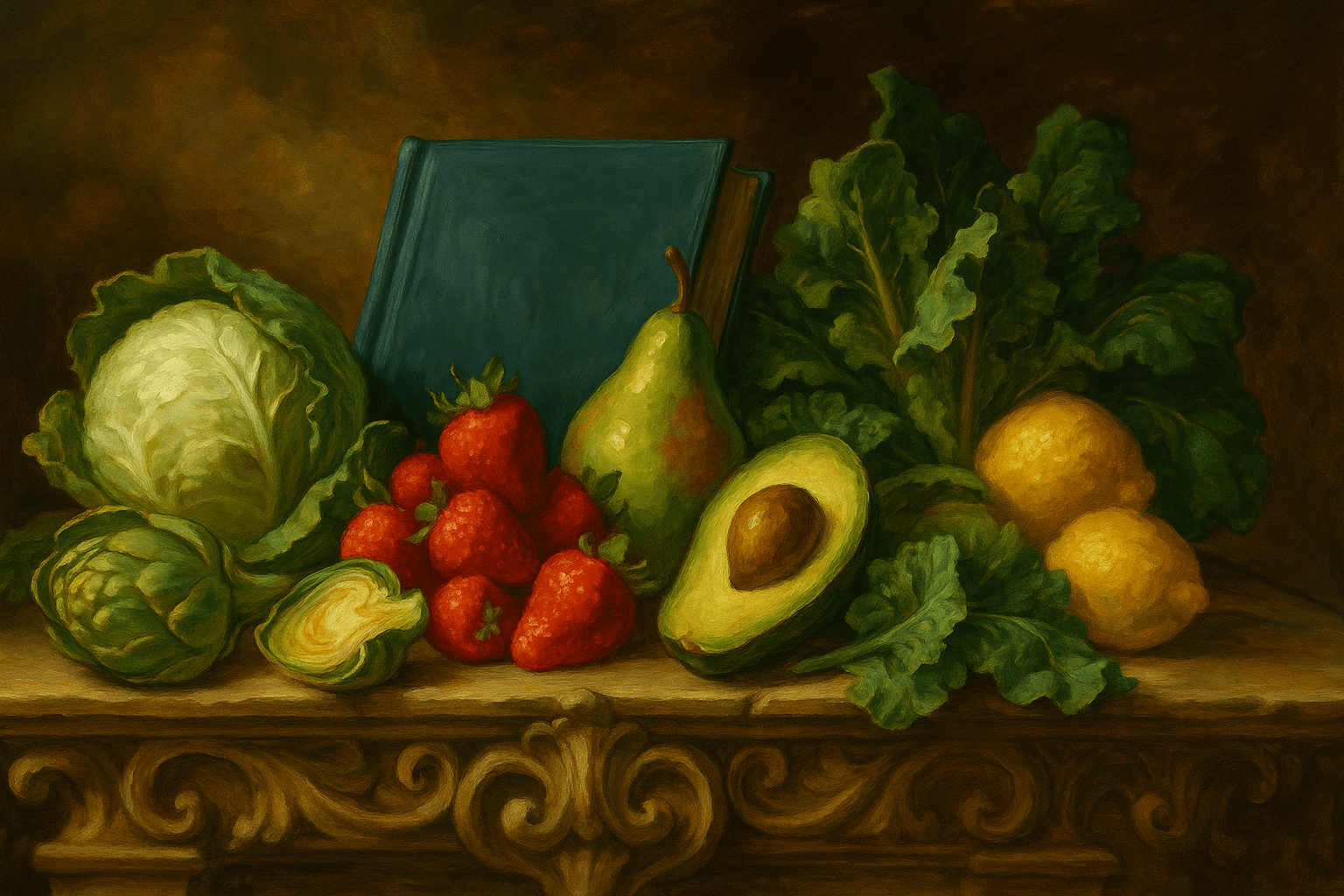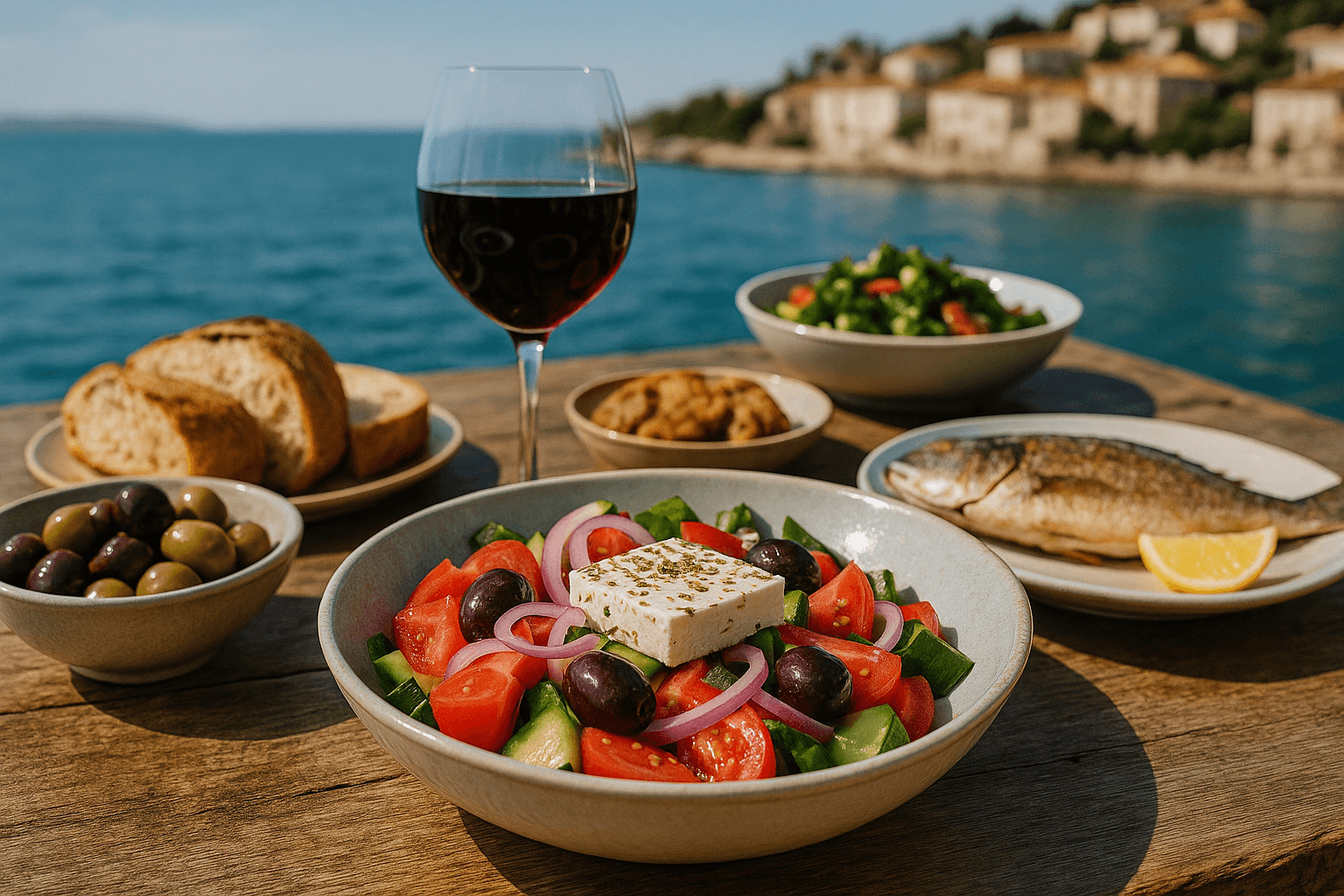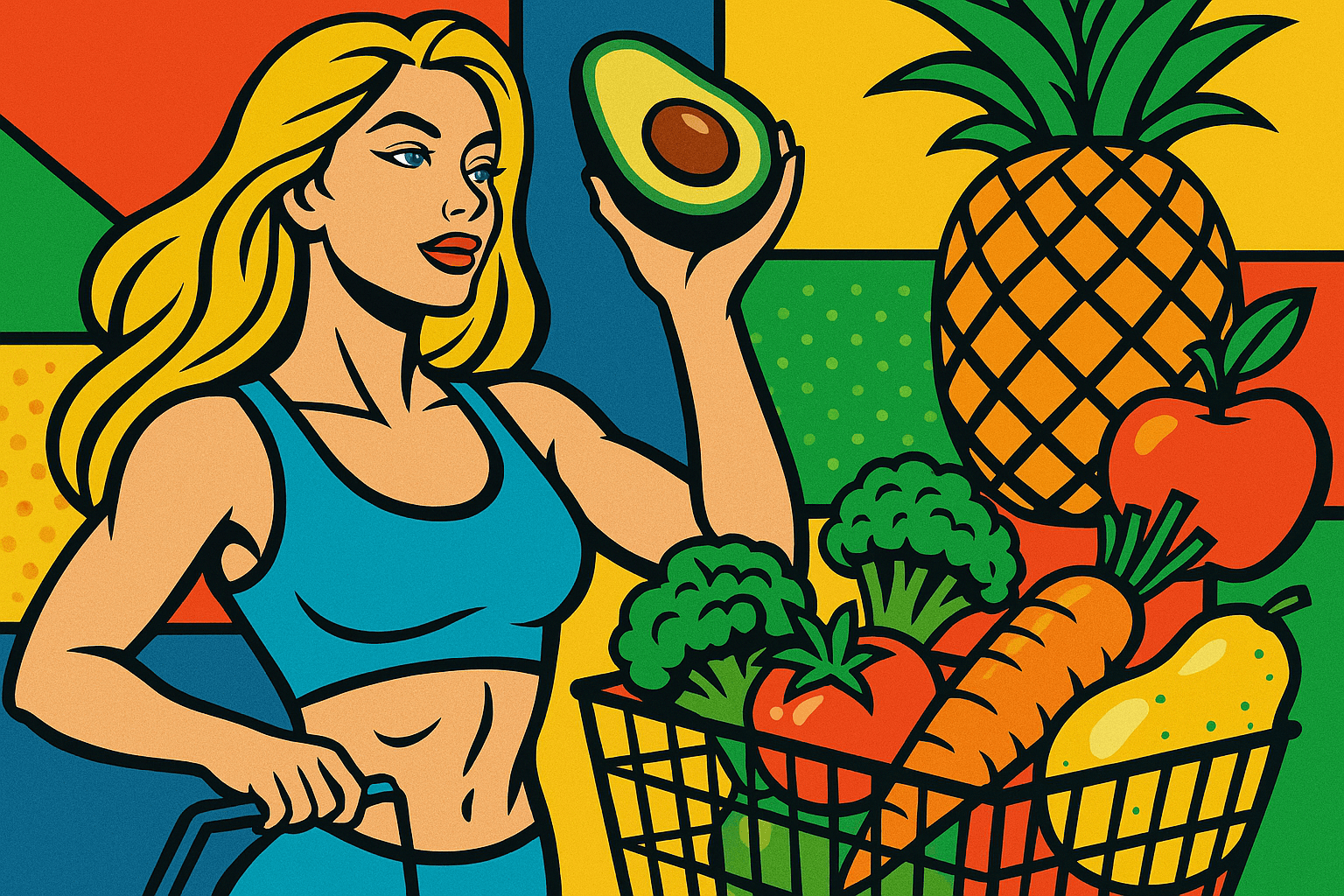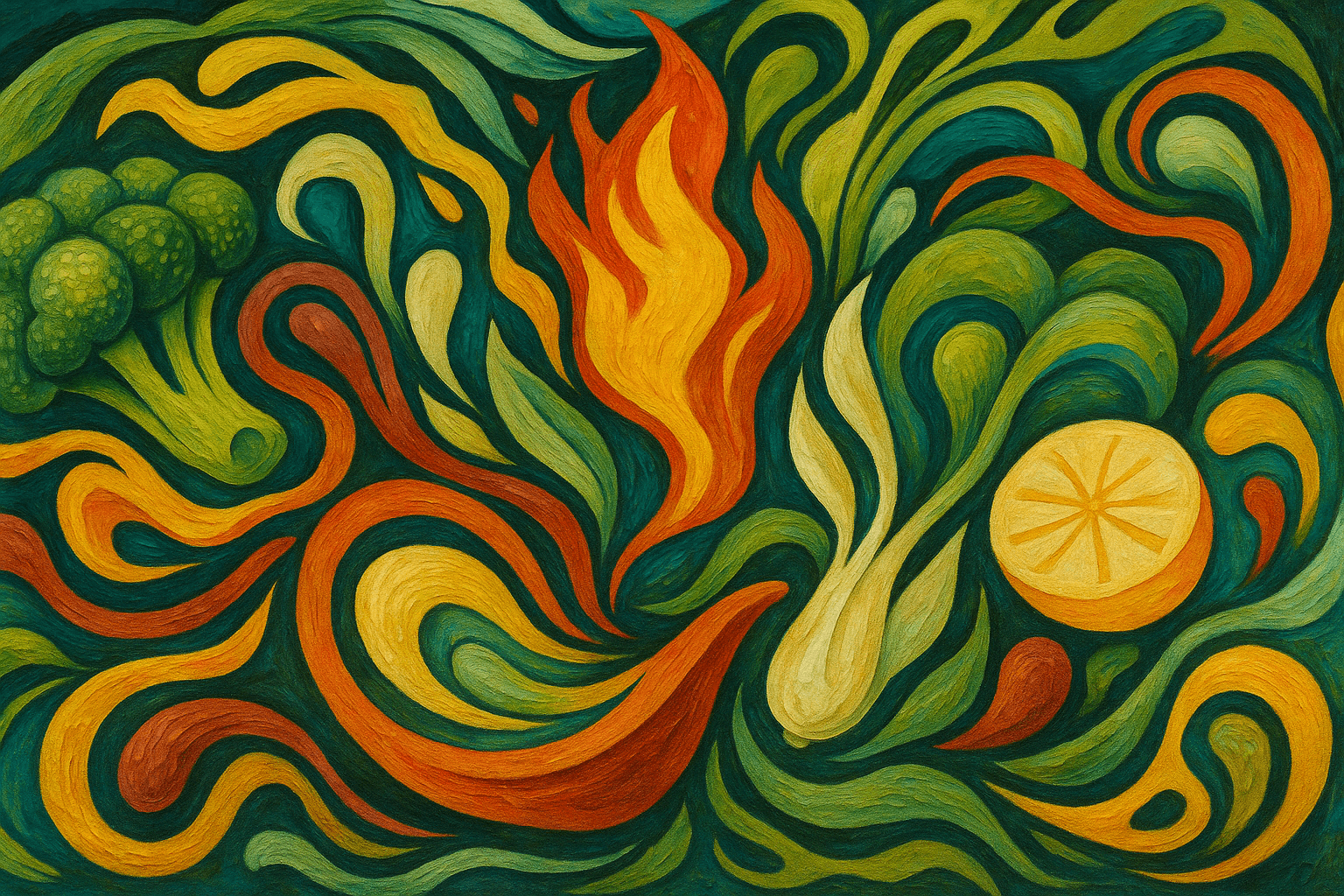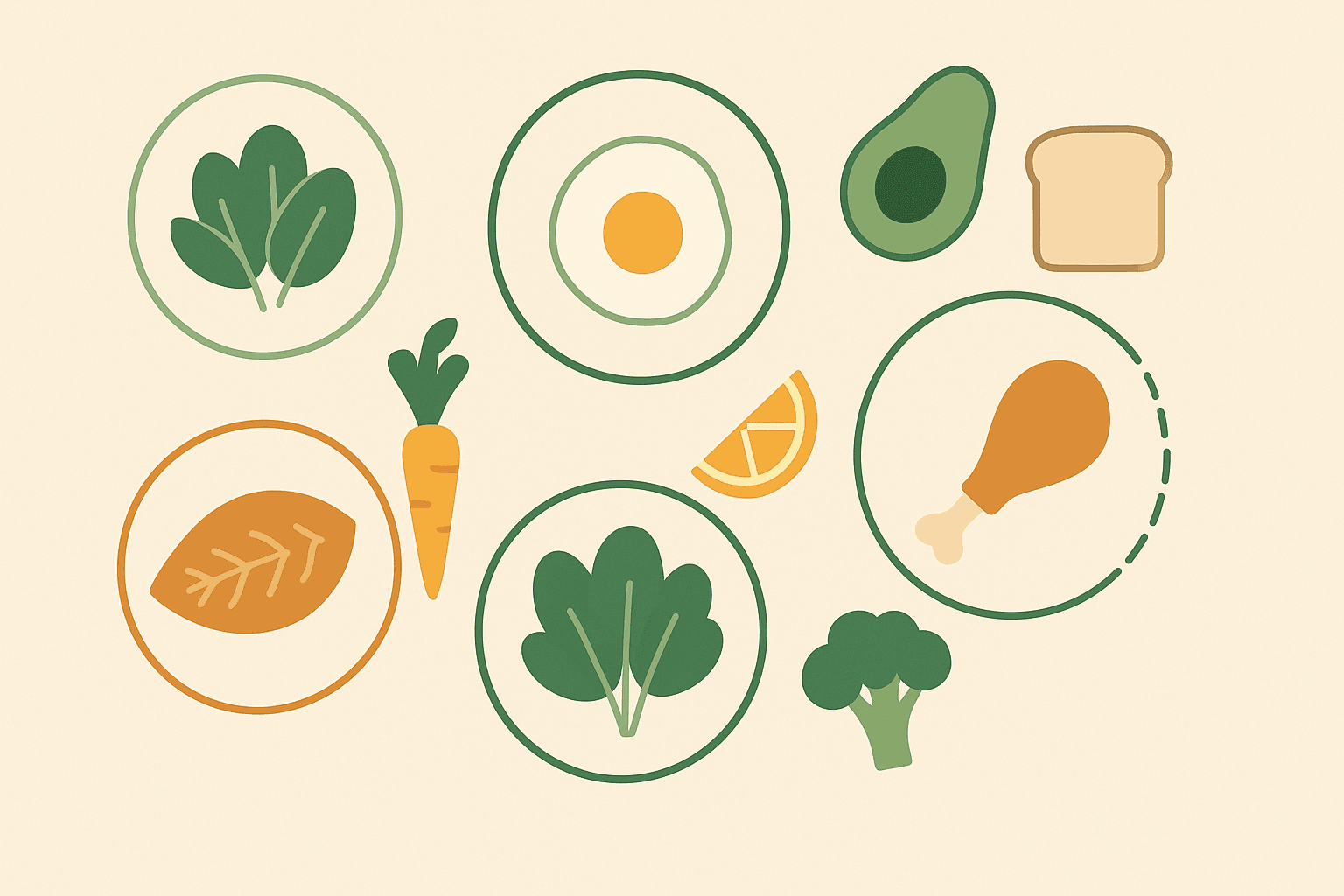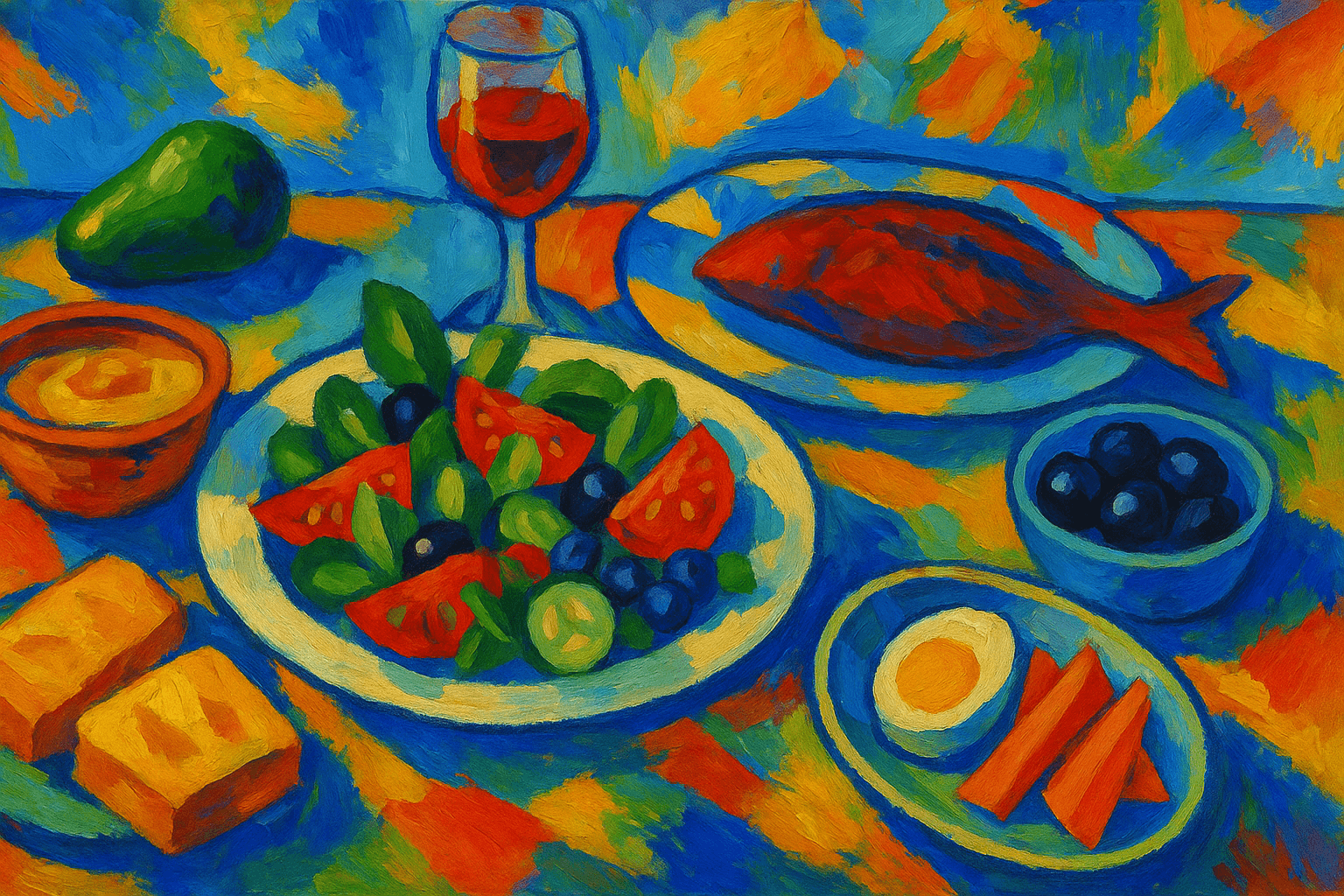The Anti-Inflammatory Diet: Science, Strategy, and Simple Food Swaps That Really Work
Published on June 12, 2025
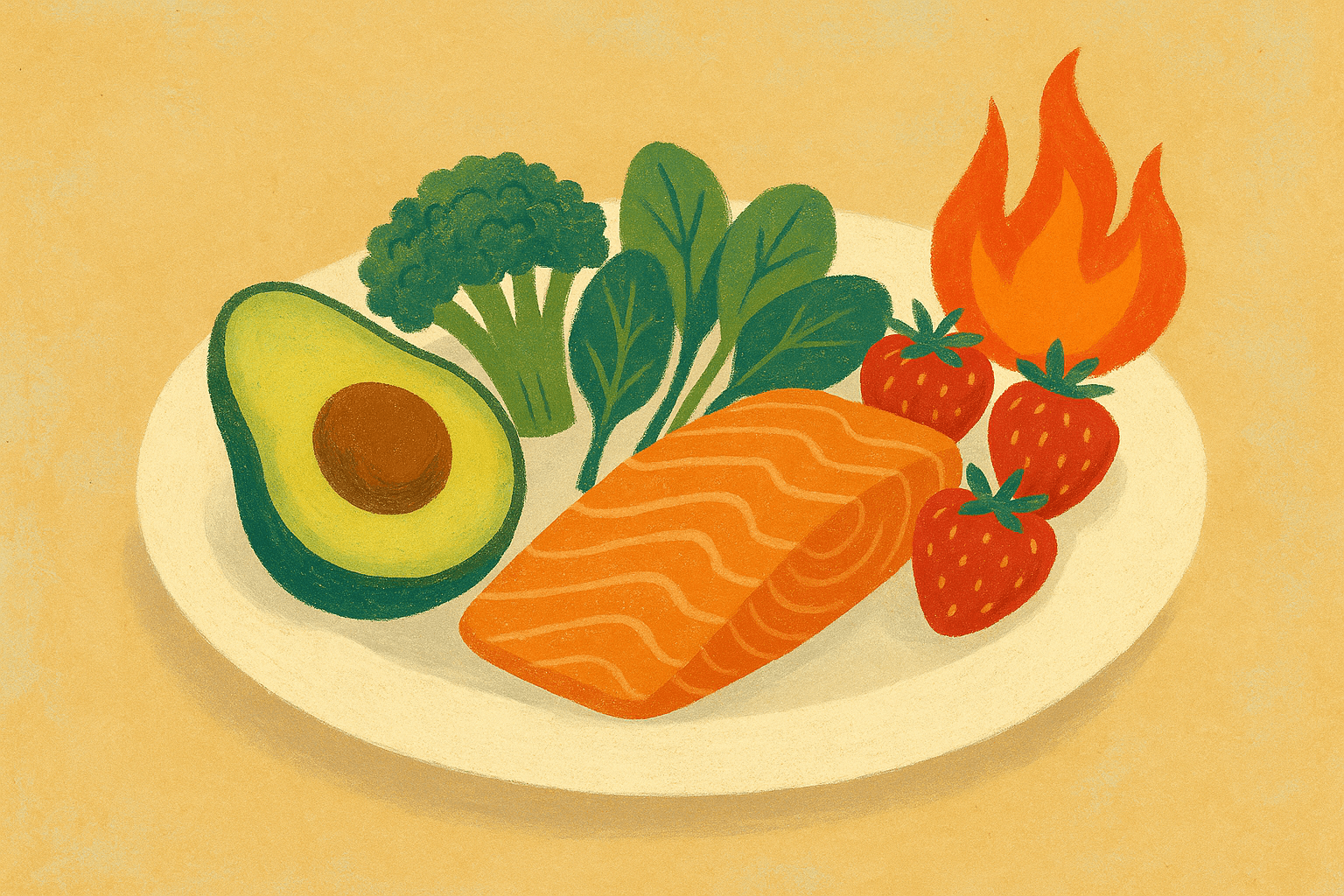
Inflammation fuels fatigue, brain fog, chronic pain, and disease — but your plate holds the power to reverse it. This guide breaks down what to eat, what to avoid, and how small changes make a big impact.
What Is Inflammation — And Why Should You Care?
Inflammation is your body’s natural defense, but chronic inflammation — driven by poor diet, stress, or toxins — leads to damage.
Conditions linked to chronic inflammation:
Type 2 diabetes
Heart disease
Obesity
Cognitive decline
Depression
Autoimmune disorders
Symptoms to watch for:
Fatigue
Joint pain
Bloating, skin issues
Brain fog
Frequent illness
How Diet Can Help
Anti-inflammatory foods calm the immune response and fuel cellular repair.
Foundational principles:
Eat whole, colorful foods
Avoid ultra-processed ingredients
Support the gut with fiber and fermented foods
Balance blood sugar with regular, nutrient-rich meals
The Anti-Inflammatory Plate
Focus on abundance — not restriction.
Key food groups:
Antioxidants: berries, leafy greens, spices
Omega-3s: salmon, chia, flax, walnuts
Fiber: legumes, oats, vegetables
Polyphenols: olive oil, dark chocolate, green tea
Hydration: water and herbal teas
Meal timing: regular meals to stabilize energy and immunity
Lifestyle synergy:
Daily movement
Consistent sleep
Gut support (fermented foods, prebiotics)
Stress management
22 Foods That Fuel Inflammation (and What to Eat Instead)
Avoid:
White bread, pastries
Refined oils: canola, soy, corn
Sugary drinks, processed meats
Excess alcohol
Swap with:
Sprouted grain bread
Steel-cut oats with fruit
Club soda with lime
Olive oil instead of canola
Tempeh or roasted chickpeas for bacon
Anti-Inflammatory Kitchen Staples
Fruits & Veggies:
Blueberries, pomegranate, citrus
Spinach, kale, broccoli, cabbage, beets, peppers
Healthy Fats:
Avocado, olive oil, walnuts, chia
Fatty fish: sardines, mackerel, salmon
Whole Grains & Legumes:
Chickpeas, lentils, black beans
Oats, quinoa, millet, buckwheat
Spices & Herbs: Turmeric, cinnamon, garlic, ginger, basil, rosemary
Fermented Foods: Kimchi, sauerkraut, kefir, plain yogurt
Superfoods:
Matcha
Green tea
Cacao nibs
Weekly Diversity Challenge: Aim for 30+ unique plant foods each week
Sample Day on the Anti-Inflammatory Diet
Breakfast: Overnight oats with chia, blueberries, walnuts, cinnamon
Morning: Lemon water + 10-min walk
Snack: Carrot sticks + hummus + green tea
Lunch: Salmon, arugula, quinoa, avocado, olive oil & lemon
Snack: 85% dark chocolate + almonds
Dinner: Stir-fry with tofu, broccoli, ginger, garlic, brown rice
Evening: Golden milk or chamomile tea
Dessert: Baked cinnamon pear with crushed walnuts
Meal Prep Tip: Batch cook grains and roast veggies on Sunday for easy weekday meals
Lifestyle Boosters
Exercise: Strength training, walking, yoga
Sleep: 7–9 hours, consistent bedtime
Stress relief: Breathwork, meditation, journaling, nature time
Environmental wellness:
Toxin-free products
Limit evening screens
Mind-body practices:
Tai chi
Forest bathing
Gratitude journaling
Acupuncture
Social wellness counts:
Cook with friends
Eat together to lower cortisol
7 Fast & Tasty Anti-Inflammatory Meal Concepts
- Chickpea Bowl with quinoa, tomatoes, olives, greens, tahini
- Turmeric-Spiced Lentil Soup
- Avocado Sprouted Toast with hemp seeds
- Wild Salmon + Roasted Root Veggies
- Matcha Smoothie with spinach, banana, flax, ginger
- Veggie Stir-Fry with tofu and sesame oil
- Golden Chia Pudding with coconut milk and berries
Add-ons:
Miso soup
Turmeric cauliflower steaks
Apple cider vinaigrette slaw
Final Thoughts
You don’t need perfection — you need consistency. Choose real foods that fight inflammation, and your body will reward you with clarity, energy, and ease.
Let every bite be medicine. You’re just one anti-inflammatory choice away from more vibrant living.



